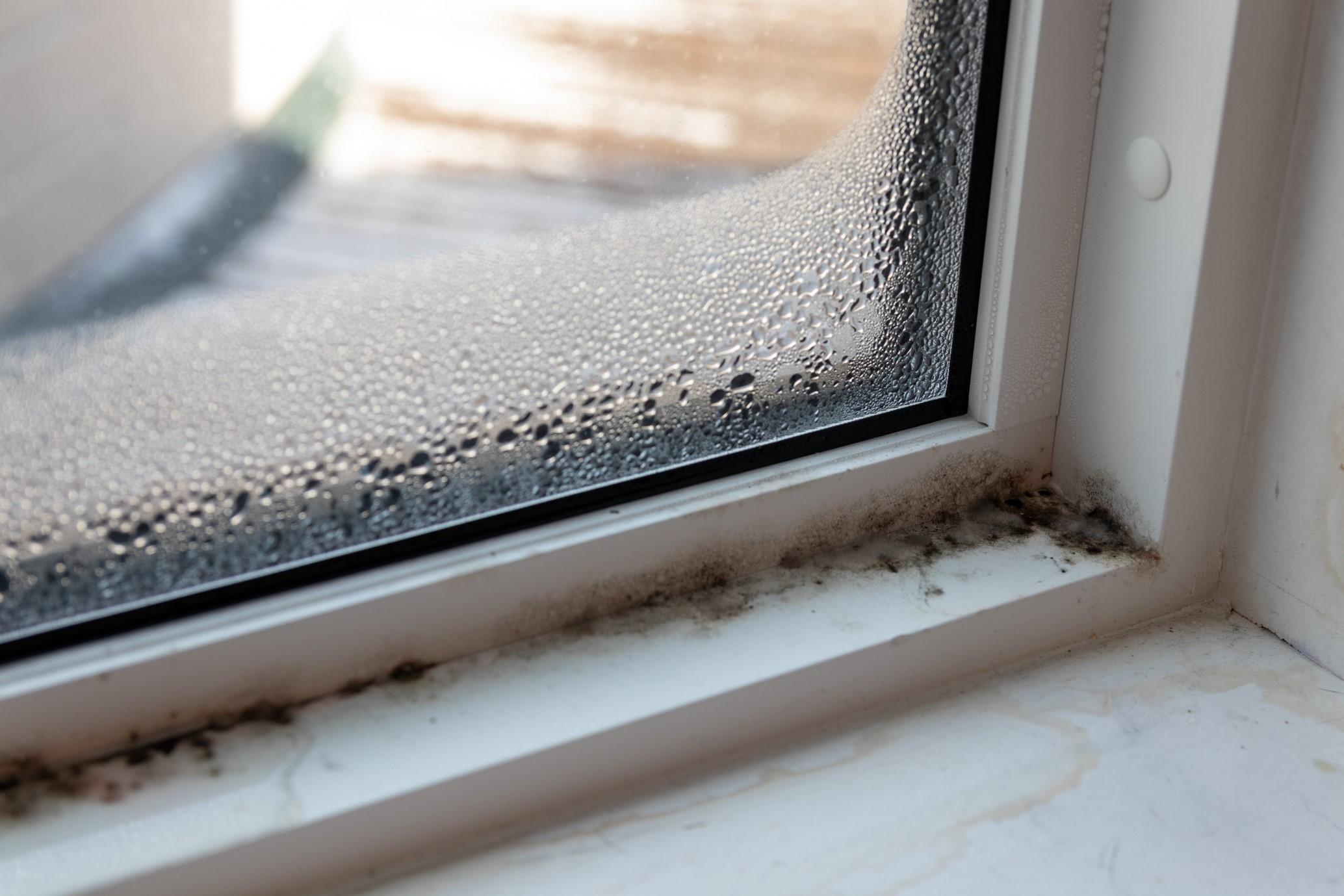What is condensation?
Condensation happens when moist air comes into contact with a cool surface and water droplets form. This is what happens when your bathroom mirror steams up.
When this happens on your window, the glass mists up and drops of water run down the window. When it happens on a wall, the wall soaks up the moisture and becomes damp. Mould could then grow on the damp areas.
Where does it come from?
Your body produces moisture all the time, when you breathe and perspire. This is more noticeable when you do exercise and overheat. We also put lots of moisture into the air when we take a bath or shower, cook or wash the dishes. Moisture is also produced when we dry clothes indoors or use an unvented tumble dryer.
Bottled gas heaters and paraffin heaters produce large amounts of moisture into the air. This moist air travels through your home and when it comes into contact with a cool surface it will condense.
Where it can happen?
Condensation happens most on the cool parts of walls, particularly on outside walls where there is not much air movement. It often appears as a dark patch in corners near the skirting and on the ceiling. The side walls of windows are often affected as they can be even colder. Areas with poor ventilation can be prone to condensation. This could be behind furniture, particularly wardrobes and beds if they have been placed against an outside wall.
Condensation can happen in any room but is most likely to occur in your bedrooms and hallway as they are cooler. Moisture is most commonly found in bathrooms and is easily seen on tiles. To prevent mould, open the window after bathing or showering and wipe the tiles down.
How to remove mould
Mould can be easy to remove. You can normally wipe it off with a disposable cloth using some household cleaner. There is no need to use strong chemicals. Wipe over the area again every few days using diluted household cleaner to stop the mould growing back. This should become part of your regular cleaning routine.

